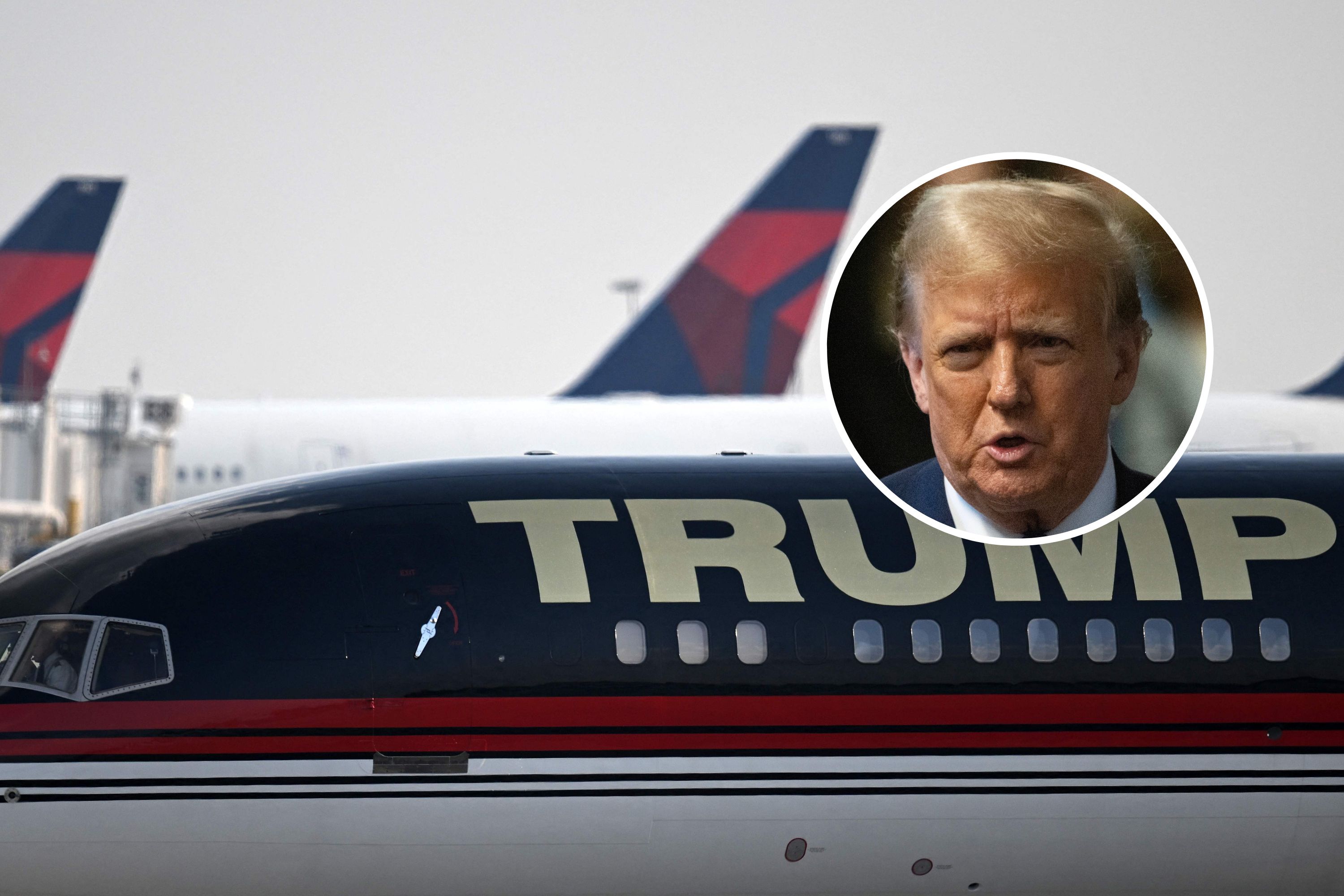
Our atmosphere is a giant shield from any number of the nasty threats in space: it blocks the ultraviolet radiation that would otherwise roast us and our DNA, it cushions the dramatic swings in temperature that would mess with our internal thermostats and it destroys hunks of rock hurling toward us. That last feature gets a lift from air at a very high pressure in front of approaching meteors, according to a new study published in the journal Meteoritics & Planetary Science.
"There's a big gradient between high-pressure air in front of the meteor and the vacuum of air behind it," co-author Jay Melosh, a geoscientist at Purdue University, said in a press release. "If the air can move through the passages in the meteorite, it can easily get inside and blow off pieces."
Melosh and his co-authors studied the Chelyabinsk meteoroid, a hunk of rock about 55 feet across that burned up over central Russia in 2013. Burned up is a bit of an understatement: The meteoroid actually exploded in a bright fireball, creating a shock wave that destroyed windows in the region, with bystanders wounded by the flying glass shards. Instruments in Antarctica could pick up low frequency waves from the explosion. Out of the 12,000 tons of rock the meteoroid originally contained, only about five tons were ever tracked down.
But despite the dramatics, scientists didn't understand what had caused the meteoroid to explode. So Melosh and his co-authors designed a computer code that better represents how meteoroids are built and how they interact with Earth's atmosphere. Almost all meteoroids are chips off asteroids, which are surprisingly like Swiss cheese, full of cracks and holes. But previous computer models couldn't mimic air eating into those voids, and that's the challenge that the code behind the new paper tackled.
Read more: Bronze Age Elite Forged All Their Best Weapons and Jewelry From Meteorites
They found that how much air can get into the meteoroid during its entry shapes the space rock's fate. Their work also explained the origins of the two different fates of meteors, which either explode or undergo a "pancake" deformation (or a combination of the two). The new paper found that the distinction is caused by how porous the meteor is: The more holes high-pressure air can fill, the more likely the meteoroid is to "pancake" out.
The research could help scientists studying planetary threats evaluate which space rocks our atmosphere can probably take care of on its own and which pose a more serious threat, that we may want to try to redirect.
Uncommon Knowledge
Newsweek is committed to challenging conventional wisdom and finding connections in the search for common ground.
Newsweek is committed to challenging conventional wisdom and finding connections in the search for common ground.
About the writer
Meghan Bartels is a science journalist based in New York City who covers the science happening on the surface of ... Read more
To read how Newsweek uses AI as a newsroom tool, Click here.








